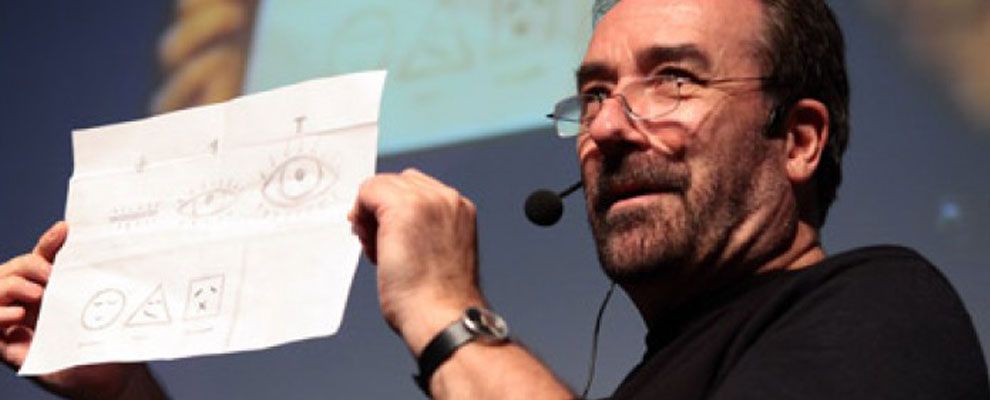Design is a thought activity: we should not replace it with a mere “optimizing” approach, because it’s from imperfections that talent emerges.

They call him “the gentleman of infographics”: John Grimwade worked for the major magazines in the world, from London’s Times to Condé Nast Traveler (where he’s now the director), thus becoming an example in the field of information graphics with his essential, clean, highly informative style. We asked him what are the rules of this visual language dominating communication, and how it’s going to change in the future.
Are there “universal” principles setting up the functioning of information graphics, as well as specific stylistic and aesthetic cornerstones?
Good infographics are clear visual explanations, with a simple structure, and a careful hierarchy. They are inviting to look at, easy to read, and they inform us. It is (as in the title of Alberto Cairo’s book) the functional art. The underlying principles have existed for a very long time, and I don't think they will change.
There is a kind of infographic code, but I sometimes wonder if everyone understands it. Research on this is very limited. We must be careful that we don't make elitist infographics that only work for other infographic practitioners. I don’t like to see too much text in an infographics, but I'm nervous about attempting to rationalize and quantify the way infographics should be created. It makes it easier to teach students if we have a definite set of parameters, but our field is evolving rapidly and we should keep our minds open.
What is the difference between a “simple” infographics and visual storytelling? In other words, how can a drawing “tell a story”?
It is all one discipline. Simple or complex, the approach is the same. Basic journalistic principles always apply: Identify the elements of the story and present them clearly. A drawing can tell a story as well or much better than words, depending on the subject. People have been doing this since they lived in caves. It is no mystery. Transforming a story – which usually develops through time, with a beginning, a middle and an end – in a two-dimensional or three-dimensional drawing, is not easy. What is the most difficult aspect to manage of this process, of this intersemiotic translation? It is definitely possible in a 2-D infographics, with a clear hierarchy and a well-defined sequence, to tell a time-based story. But I don't really think of infographics as static images. Interactivity, motion and multimedia frees us from a storyboard-like approach.
How do you see the future of infographics in fifty years from now? Could the seeds of today's technological innovations – data visualization, internet of things – eventually change the basic principles of information graphics?
Infographics will be a part of everyone's daily lives. Real-time data in various interfaces will be an essential component of every activity. It's already happening. However, I am sure that the basic principles of clear visual explanation will be the same as they have been for hundreds of years.
(Photo by http://infografiknedir.com/)